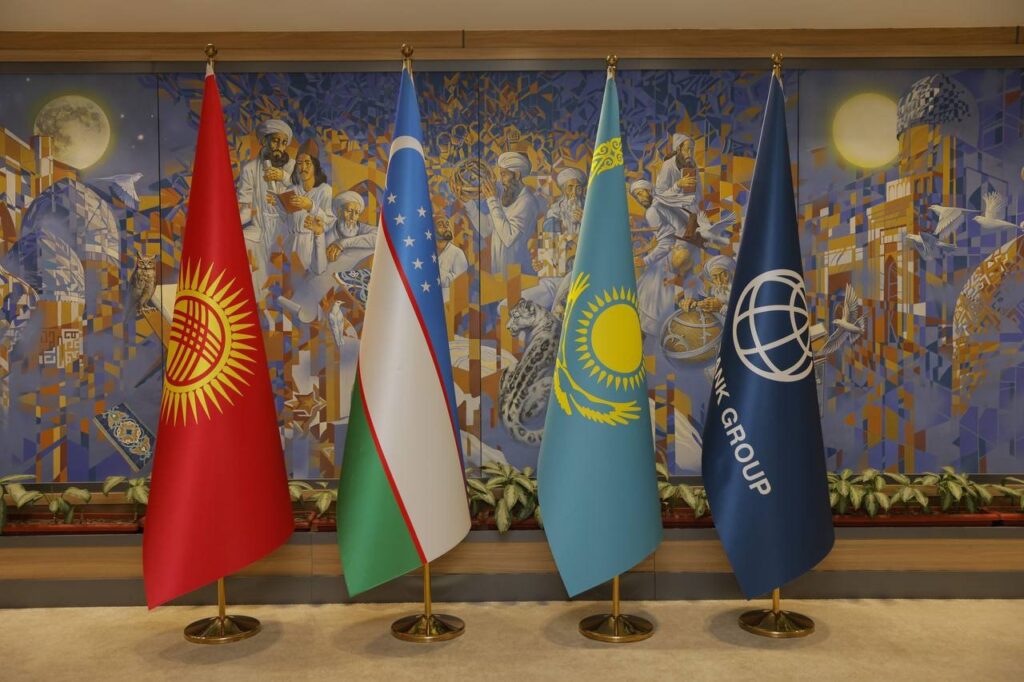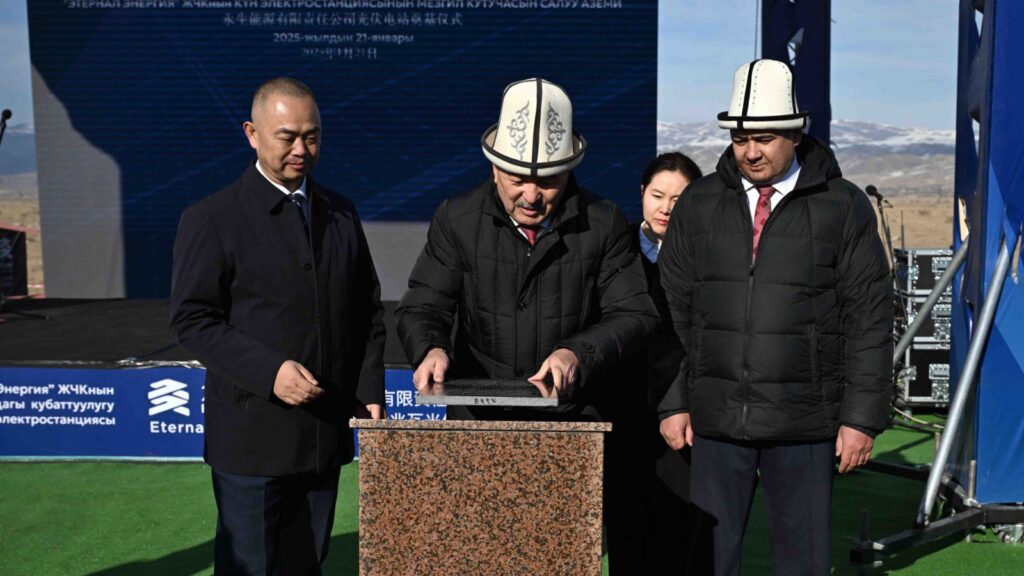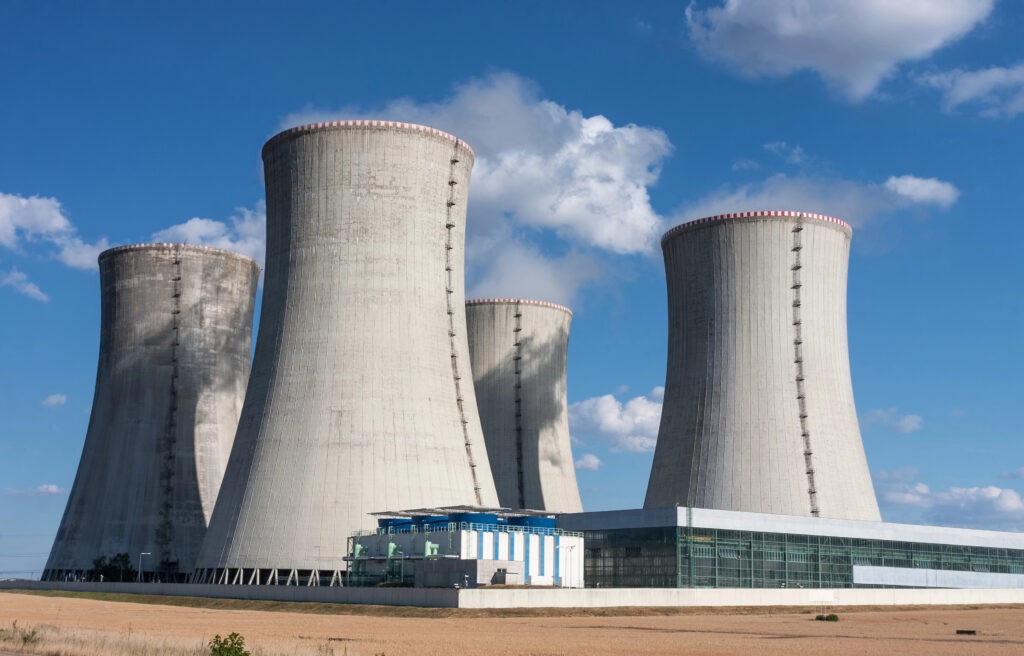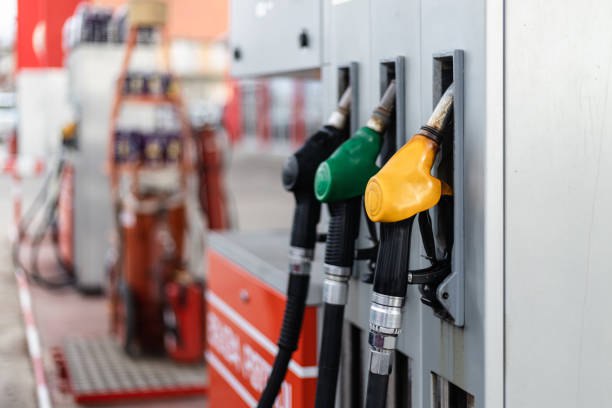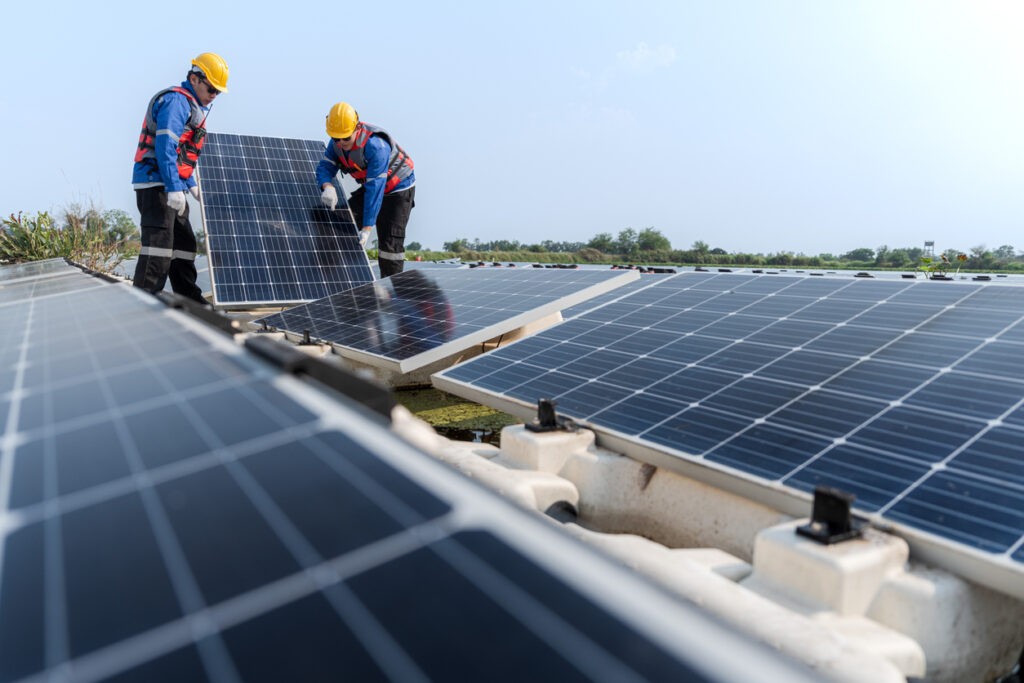Central Asian Countries and World Bank Discuss Progress on Kambarata-1 Hydropower Project
On January 27, Tashkent hosted a roundtable discussion on advancing the construction of the Kambarata-1 Hydropower Plant (HPP), an ambitious regional initiative being jointly undertaken by Kyrgyzstan, Kazakhstan, and Uzbekistan. The project aims to enhance regional cooperation in Central Asia regarding water and energy resource management. The meeting was attended by Kyrgyzstan’s Minister of Energy Taalaibek Ibrayev, Uzbekistan’s Minister of Energy Jurabek Mirzamakhmudov, Kazakhstan’s Deputy Minister of Energy Sungat Yesimkhanov, and the World Bank Regional Director for Central Asia Tatiana Proskuryakova. The Kambarata-1 HPP, with a projected capacity of 1,860 megawatts and an average annual electricity generation of 5.6 billion kilowatt-hours, will be constructed at an estimated cost exceeding $4 billion. It is planned to be located in the upper reaches of the Naryn River in Kyrgyzstan. Upon completion, it will become the largest hydropower plant in Kyrgyzstan and is expected to address the country's chronic electricity shortages. At the meeting, ministers from the three participating countries requested the World Bank’s assistance in preparing and financing the Kambarata-1 HPP construction. Kyrgyzstan's Ibrayev described the project as "the project of the century" for Kyrgyzstan, emphasizing its potential to strengthen regional cooperation and foster long-term development across Central Asia. “Today's roundtable in Tashkent continues a series of meetings that took place in Vienna, Brussels, and Washington in 2024. These events help coordinate and accelerate the project’s implementation, as well as attract the necessary international support,” Ibrayev stated. From Kazakhstan’s side, Yesimkhanov highlighted the meeting as another step forward in strengthening regional cooperation in the water and energy sectors. He expressed confidence that the project would bolster good relations among Central Asian nations. Uzbek representative Mirzamakhmudov reiterated his country’s commitment to the project, underscoring its strategic importance for the region. "The project will bring significant benefits to all Central Asian countries by strengthening regional energy security, accelerating the transition to a green economy, and improving the use of water resources," he said. Currently, Kyrgyzstan, with the World Bank’s technical support, is revising the project’s feasibility study. This includes assessing the technical, economic, financial, environmental, and social dimensions of the Kambarata-1 HPP. World Bank Regional Director Proskuryakova reaffirmed the institution’s readiness to support the three governments in their efforts to ensure a stable energy future for the region. “We will continue to provide technical assistance in the implementation of the Kambarata-1 HPP construction project. Together with other international development partners, we are working to attract the financing necessary to implement the project,” she said. Ibrayev has previously stated that all preparatory stages of the project are scheduled for completion by May 2025. In September 2024, Kyrgyzstan’s Cabinet of Ministers and the World Bank organized a roundtable to discuss dam selection for the Kambarata-1 HPP. The Swiss engineering firm AFRY proposed several options, and Kyrgyzstan’s Ministry of Energy has confirmed that the feasibility study will be finalized based on the chosen dam design by May 2025.
